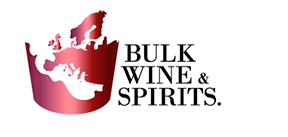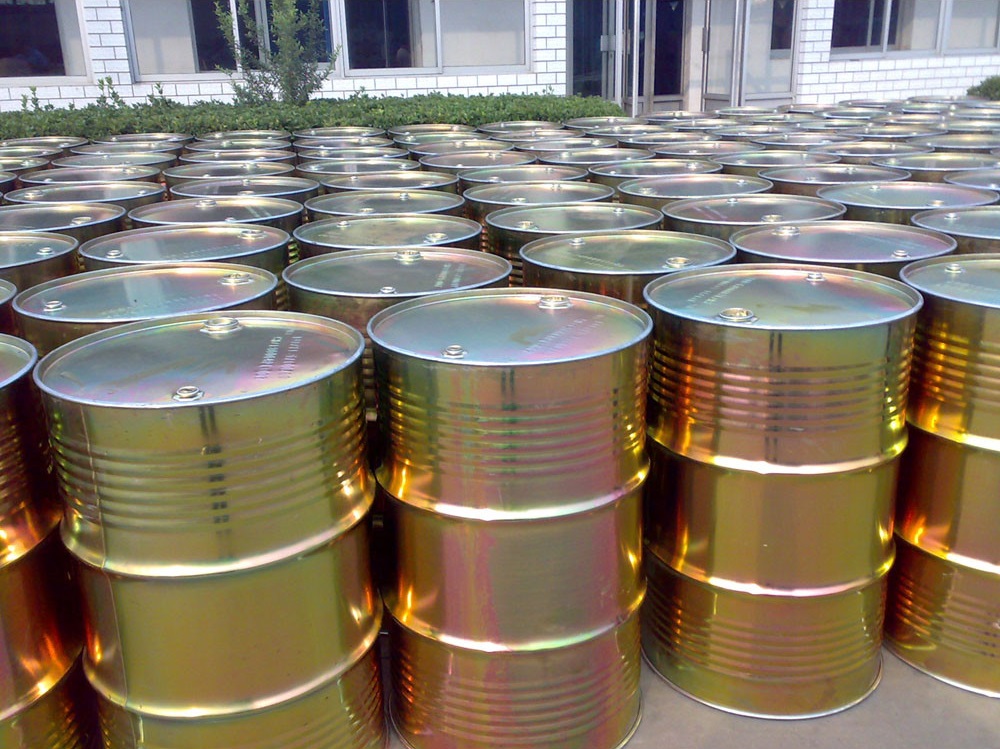For many of the readers of this blog the answer for this question maybe is clear, but for those who are not familiar with the technicities or who are just approaching bulk alcohol recently, this post may be useful to understand the reason for giving prices in litres of Pure alcohol instead of simply in litres.
The alcoholic graduation allows us to know the alcohol concentration of an alcoholic beverage, that is to say the ml of ethanol that each litre contains. Virtually no spirits, or very few, are bottled with the alcoholic degree obtained through the distillation process, but they are instead diluted; Usually at around 40%. This process is very simple, it consists just of adding water. Therefore, the drinks are transported undiluted to avoid transporting water, so when working with bulk we are working with beverages at high graduation. On the other hand, the fact that alcoholic beverages are diluted before being bottled means that a higher alcohol will be more valuable than another of the same type at lower graduation, since it a larger number of bottles can be produced with it.
In addition, it should be noted that spirits are put to age in containers where they suffer losses, so the total volume obtained at the end of the process is less than the volume introduced at the beginning. An alcohol put today to age will reduce its amount by % in the first year, another % in the second and so on; But at the same time, it will increase its value and price, as the aged alcohols are more appreciated and also more expensive to produce. The fact of giving the price in litres of pure alcohol instead of in just litres makes it easier to compensate for all these concepts, because at the end the client pays for the volume of alcohol that is bought.
Conversion between litres and litres of pure alcohol is very simple. If we have the price in litres of pure alcohol and we want to know the price in litres, we will multiply the price given by the alcoholic grade and we will divide it by one hundred. For example, for a drink at 70% whose price LAA is € 2, the operation would be: (2×70) / 100, price per L will be € 1.4. In the opposite case, that is to say we know the price in litres and we want to know the price of the litre of absolute alcohol, we will divide the price by the alcoholic grade and multiply it by a hundred. For example, for an 80% drink whose price in L is 3 €, the operation would be: (3/80) x 100, the price per LAA is 3.75 €. In order to know the real volume to be transported, the operation is even simpler, we just need to divide by the amount of alcohol and multiply by 100. For example, for 1000 litres of pure alcohol at 75% would be: (1000/75) x100, the real volume in litres would be 1333.
We hope this post has been useful and clarifying. In Bulk Wine & Spirits we usually work with prices in LAA, which is also the most common in the sector in Europe, although if our customers require it, we can make the conversion without problem.

